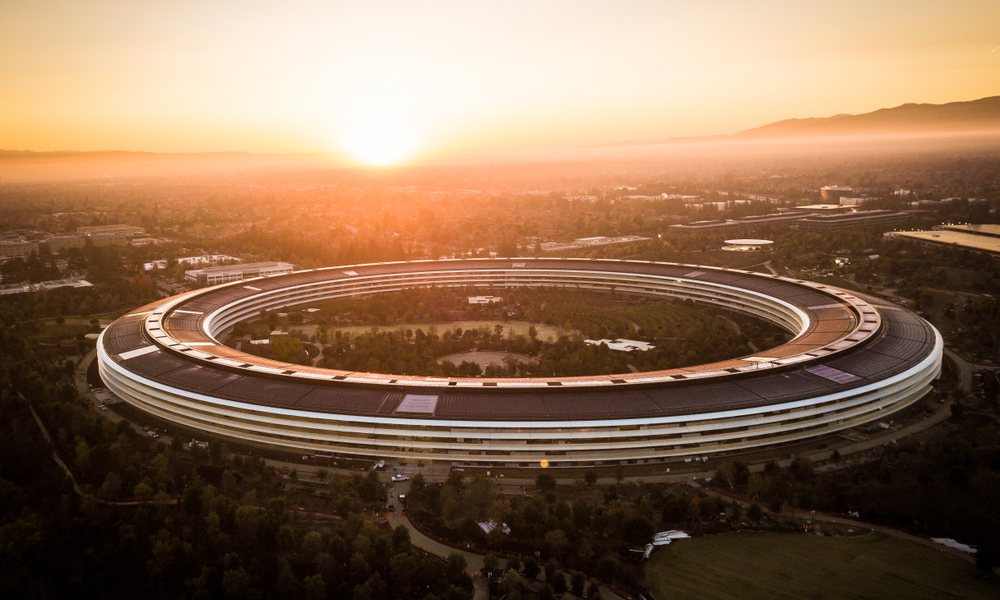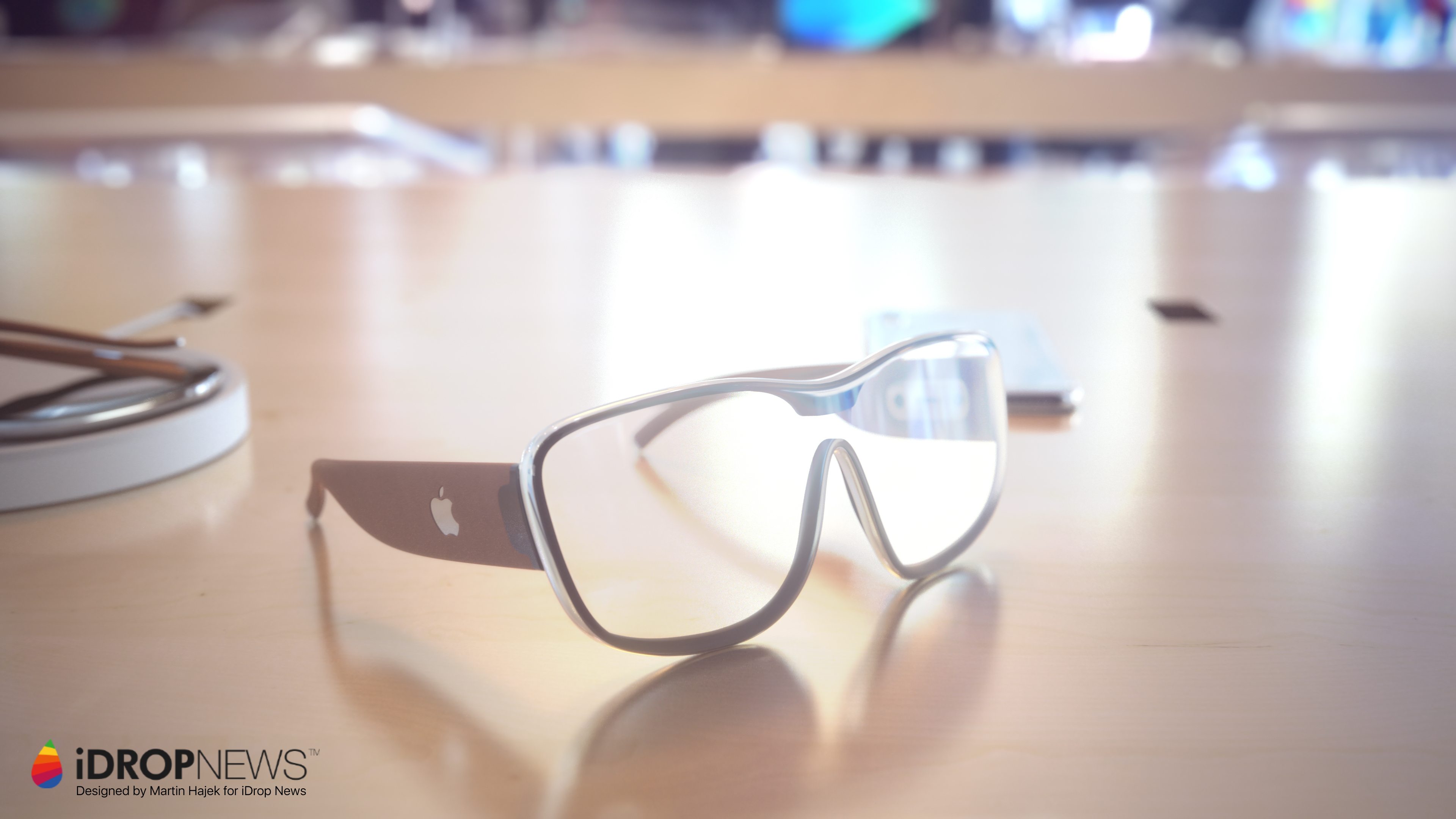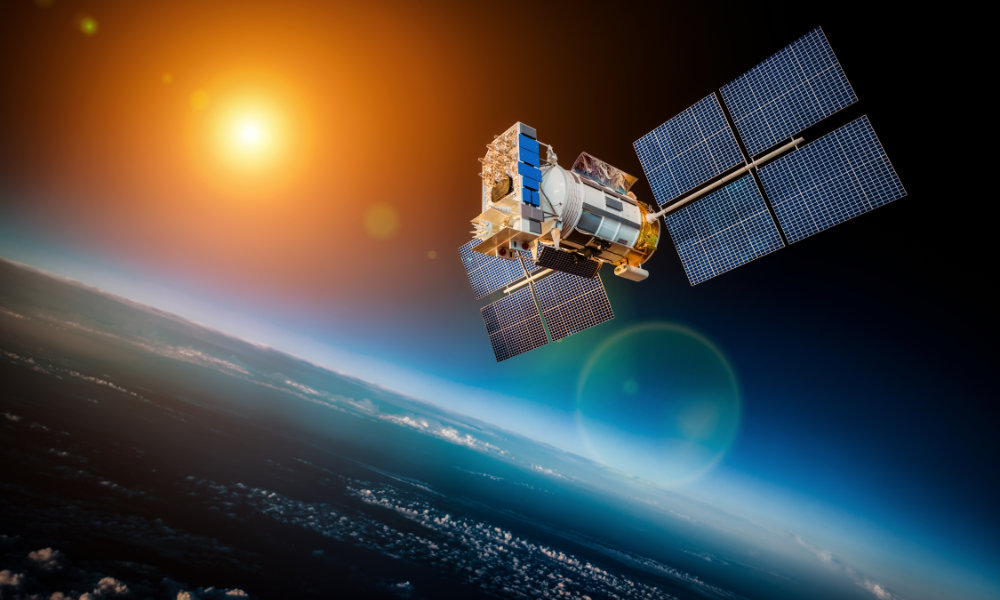A New Decade: Here’s What Apple Has In Store for 2020 (and Beyond)
 Credit: Uladzik Kryhin / Shutterstock
Credit: Uladzik Kryhin / Shutterstock
Toggle Dark Mode
When you consider that ten years ago the iPhone 3GS was the pinnacle of Apple’s smartphone technology, it’s easy to see how the past decade has been pretty much seen the evolution of the iPhone as Apple’s core business, but with smartphones having arguably reached their zenith, the bigger question is what will Apple be doing next?
Although Apple released its original iPhone back in 2007, in many ways it wasn’t until the iPhone 4 that the “modern” iPhone era began. This was Apple’s first glass-and-aluminum design for an iPhone — easily the classiest iPhone Apple had put out up to that point, and arguably still one of the company’s best iPhone designs ever, at least from an aesthetic point of view. The iPhone 4 also heralded the advent of FaceTime and front-facing cameras, along with its first mobile operating system update that actually began to open the doors to more powerful features like multitasking.
While the past decade also saw the debut of the iPad, and with it the growth (and decline) of the market for all other tablets, this was still eclipsed by the iPhone, which became the driving force behind almost all of Apple’s business efforts, to the point where some segments, the Mac business in particular, actually began to suffer from neglect.
However, this doesn’t mean that Apple wasn’t looking to the future in other areas. In fact, one of the key factors behind the iPhone’s success has been Apple’s ability to plan years ahead, taking a slow and measured approach to its smartphone, and thereby usually (but not always) avoiding the kind of design and engineering missteps that often plagued its competitors. Naturally, Apple knew that the iPhone couldn’t possibly always be the main component to its business strategy, and as far back as five or six years ago there were murmurs that Apple was working on a whole range of other secret initiatives, from creating its own television set to an anonymous self-driving car to its ambitions for producing its own movies and TV shows.
While some of these have already come to fruition — Apple TV+ finally launched late last year — others like an Apple television set have quietly died on the drawing board. However, many of these projects were long-term from the beginning and so Apple is still pursuing them. As 2019 drew to a close, some of Apple’s plans in these areas came more into focus, and if Apple succeeds at even some of these initiatives, we can look forward to a very exciting decade for Apple that’s also going to be completely different from the past ten years.
5G Technology
By now there’s no doubt that next year’s “iPhone 12” will support 5G, and while the technology is already here and slowly rolling out across the U.S., there are good reasons why Apple hasn’t been in any hurry to jump on the 5G bandwagon.
Instead of being saddled with first-generation chips that gobbled up battery power and required huge antennas, Apple will instead be able to take advantage of Qualcomm’s much better second-get 5G chips, offering the fastest 5G performance available right now, support for both of the dominant standards, and much lower power consumption. It will also be able to get much more reliable signal quality with more compact antenna arrays.
However, despite it’s necessary truce with Qualcomm, it’s pretty clear that Apple doesn’t plan to rely on third-party 5G modem chips any longer than it has to. Credible reports a year ago indicated that Apple was ramping up its own chip manufacturing division, and after Intel gave up on 5G, Apple was able to acquire the whole Intel 5G division for a song, which should greatly accelerate its efforts to produce its own 5G chip. While earlier reports suggested it might take until 2025 before Apple could have a 5G chip of its own ready, after the acquisition of Intel, some analysts revised that timeline to suggest an Apple first-party 5G modem chip could appear by 2022.
Regardless of the specific timeframe, however, it’s pretty much a given that we’ll see Apple move to its own 5G chip before the decade is out, but in the meantime, it still has a six-year deal with Qualcomm to fall back on while it’s figuring it out. This will not only help it keep future generations of iPhones running with the best 5G performance available, but leaves the door open for 5G to find its way into other Apple devices.
You see, as 5G networks ramp up to the kind of peak performance that the technology allows for, it has the potential to replace local Wi-Fi networks in public spaces like coffee shops and airports, and even ultimately in people’s homes. The maximum theoretical throughput of 5G already exceeds what most home broadband connections are capable of, so it’s definitely the way forward.
So it’s not a huge stretch to consider that not only is Apple working on 5G iPads already, but quite likely even a 5G MacBook, and while we haven’t heard much yet, it wouldn’t surprise us to see a 5G Apple TV arrive someday too, allowing for direct access to Apple TV+ and other streaming services without needing to worry about home Wi-Fi or routers.
Augmented Reality
Apple began its push into augmented reality (AR) two years ago when it released ARKit in iOS 11, allowing for developers to use the camera, accelerometer, and gyroscope in modern iPhones to provide a variety of real-world “through-the-lens” experiences. Applications ranged from placing gaming objects on your living room table to using apps by companies like Ikea to see how furniture would look in certain spaces.
While Apple continued to improve AR technology and ARKit in its iPhones and iOS operating system, it’s clear from what it was doing, as well as comments by Apple CEO Tim Cook, that the company had bigger ambitions in mind, and was really just dipping its feet into AR with what it was doing on the iPhone. It quickly became apparent that at least one of those bigger ambitions was a head-worn augmented reality device.
Rumours about such a device varied over the years, with some suggesting an Oculus Rift style AR/VR combination headset that might be more of a gaming device, while others looked more toward a set of “AR glasses” that would be akin to Google’s ill-fated Glass project. Some of the earliest rumours suggested it would run a custom ‘rOS’ operating system and launch in 2019, although these were soon revealed to be a little optimistic (and of course we now know that to be the case), and meanwhile Apple continued to patent new technologies, talk to suppliers, and acquire new talent, all obviously related to an augmented reality headset project.
After over two years of vague, and sometimes conflicting rumours, Apple’s plans suddenly came into much sharper focus last November, when a leak from a rare internal “all-hands” meeting at Apple outlined the project from the mouths of Apple’s own executives, revealing that Apple already in fact had plans in the works for both devices: an augmented-reality headset in 2022 that would be followed by a “sleeker” pair of AR glasses in 2023.
This means that if it says on track, we’ll see Apple’s first head-worn AR product within three years, which will be similar to the Oculus Quest but with a slimmer and more stylish design that should hopefully be reminiscent of ski goggles. The headset will merge both AR and VR capabilities, and it seems it will be suitable for gaming and other AR applications that blend in objects from the real world, but it won’t likely be something that most users will want to wear out everyday on the street.
The following year, in 2023, Apple will release a smaller pair of glasses that will look like “high-priced sunglasses” with thicker frames for the battery and other circuitry, and may have lenses that darken when in use to help cue outside observers that the wearer is paying attention to what the glasses are displaying.
What’s even more interesting is that the team within Apple working on these envisions them as the next big step in mobile computing, and suggest that in “roughly a decade” they could replace the iPhone almost entirely.
The Apple Car
Apple’s worst-kept secret over the past decade is probably the Apple Car, and by now we all know that at least something is coming within the next ten years, and unless Apple runs into more roadblocks, it’s almost certain to be an actual electric car, rather than simply an autonomous vehicle system.
Apple’s automotive ambitions began over five years ago, and while the company appears to have started out with the full intent of developing a revolutionary new car — Apple’s Chief Designer Jony Ive even envisioned one without a steering wheel — after it struggled to break into the mainstream auto industry, many reports suggested it had given up and decided to focus on simply producing the systems and software instead.
If Apple’s interest in creating an actual vehicle ever waned at all, however, it definitely appears to have returned with a vengeance over the past year or so, with every indication that what it’s building is a car, and not just a computer system. The company has patented technology specifically related to physical car components, and hired senior engineers and designers from Google’s Waymo and Tesla, one of whom specifically works with electric powertrains, and even a luxury car designer who previously worked for carmakers like Aston Martin, Bentley, and Jaguar.
Since these are all people who have no reason to be at Apple unless it’s actually making a physical car, it’s safe to say that Apple is hard at work on getting its own vehicle on the road, and reliable analysts are predicting we could see the Apple Car sometime between 2023 and 2025. There are still a lot of details we don’t know, of course, but it’s a safe bet to say that this is going to be one of Apple’s biggest and most ambitious projects for the new decade.
Satellites
Apple rarely undertakes “moonshot” projects like other companies do, and although one could make the case that an electric car is a pretty big leap for a company that has traditionally made computers and smartphones, it’s also still something that’s been done many times before by other companies, and while we’re sure Apple will do something different, Tesla has already broken at least some similar ground here.
On the other hand, the idea that Apple could actually be planning to launch its own satellite constellation may very well be the biggest undertaking the company has ever considered. While it’s still unclear exactly what Apple is planning to do, one thing that’s certain is that it’s been gobbling up some pretty top-notch talent in the area of satellite technology, focused on communications systems that could provide coverage for every iPhone on the planet and augment Apple’s mapping and navigation technologies.
While Apple may not be planning to launch its own satellites — it could after all just partner with a big satellite maker — it’s one of the few companies that has the resources to pull this off on its own, and Apple has a longstanding penchant for trying to control all of the important pieces to any solution it develops, so it wouldn’t surprise us if its long term plans are to eventually put up an entire satellite network that would blanket the Earth with low-band data coverage for basic iPhone connectivity, such as being able to receive texts and calls anywhere, and tracking of lost items with its upcoming AirTags.
To be clear, this isn’t going to replace cellular network technology anytime soon — the nature of satellite science and technology right now doesn’t make it practical for sustaining high-bandwidth connectivity, especially at scale — but Apple is also a company that likes to look ahead to the future, and beginning now with low-bandwidth solutions for basic connectivity would let it get its foot into space, so to speak, and expand the technology from there.
If any company has the resources, vision, and tenacity to do this, it’s Apple, and while it sounds like a sci-fi “flying car” pipe dream, it’s not completely out of the question that by 2030 we could all be staying connected via satellites in our Apple Cars and wearing Apple Glasses instead of carrying iPhones.
[The information provided in this article has NOT been confirmed by Apple and may be speculation. Provided details may not be factual. Take all rumors, tech or otherwise, with a grain of salt.]









